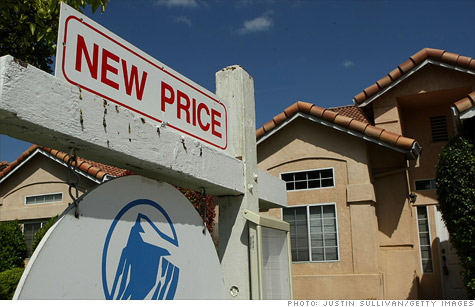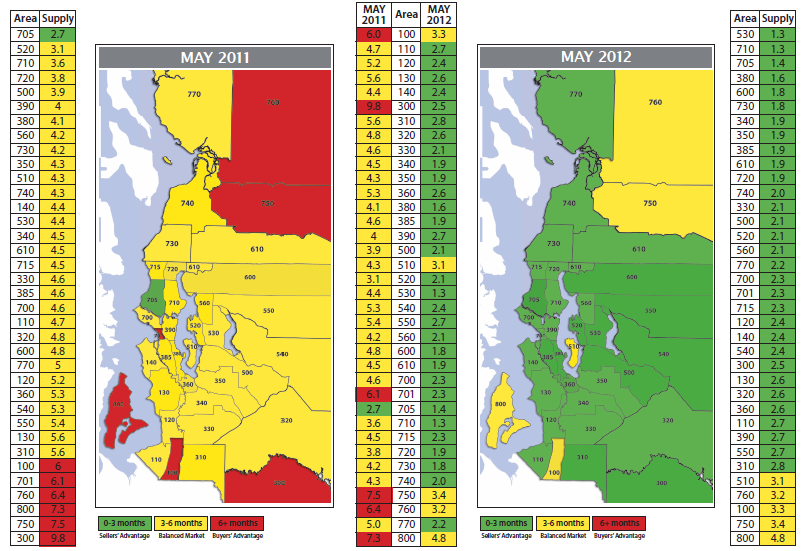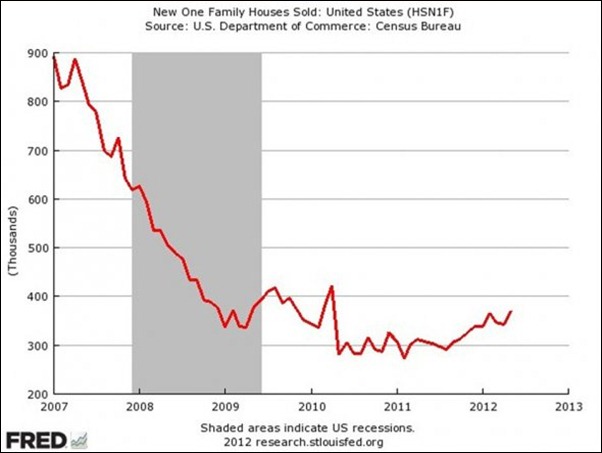As a real estate broker who works with Generation Y buyers, this is a very smart move!
A national homebuilder is wooing Generation Y renters with back-to-basics homes that offer all of the advantages of home ownership on a comfortable budget.
Chicago, San Antonio, and St. Louis are the test markets that Centex Homes is using to convert younger tenants to owners. Fred Ehle, vice president of marketing for PulteGroup, Centex’s parent company, told writer Mary Umberger that the huge demographic was poised for the transition.
"We’re marketing these homes, not with an advertised sales price of $130,000, but with the monthly cost of that home," Ehle said. "Our goal in designing these houses was to make sure we could compete with local rents.
"We can tell this buyer, for what you’re paying in rent, you could be in a new home — this is a revelation for them, because many people in this demographic don’t think they could afford it or they don’t think they could qualify for a loan. For this reason, we offer to connect each buyer to a mortgage adviser before they sign up to buy," Ehle added.
Source: "Builder Woos Gen Y Renters," Chicago Tribune

 Home prices nationwide have hit a bottom, and home values are finally on the rise.
Home prices nationwide have hit a bottom, and home values are finally on the rise.





